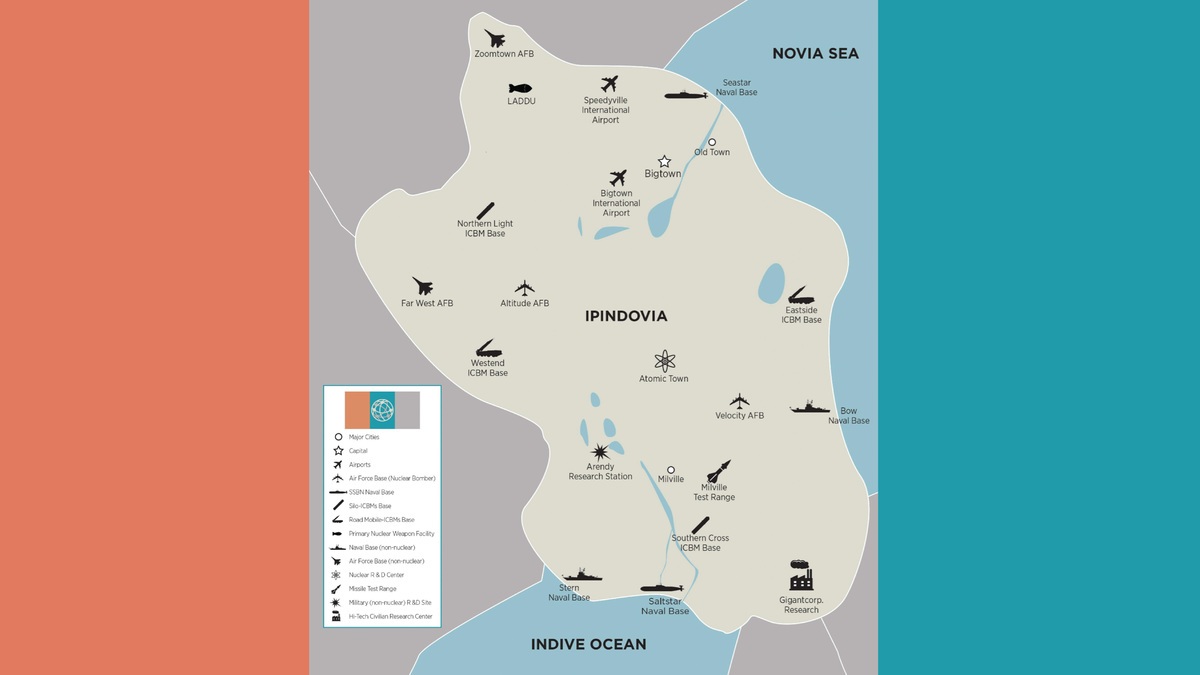As Prepared for Delivery
Ambassador Alkaabi, dear colleagues first I want to welcome all the partners in attendance here this morning in beautiful Abu Dhabi. I think it is the perfect venue for our 4th Plenary of the International Partnership for Nuclear Disarmament Verification. Let me also extend my thanks to the United Arab Emirates for hosting this plenary. Ambassadors (Alkaabi) and (Mahash) and his/their staff have done a superb job in putting this event together.
This Partnership was formed almost two years ago to identify the complex technical challenges involved in the multilateral verification of nuclear disarmament, and to work collaboratively to overcome these challenges. A key innovation of the Partnership is that it brings together both Nuclear-Weapon States (NWS) and Non-Nuclear-Weapon States (NNWS) for ongoing technical dialogue. This dialogue has value in its own right. It has already increased technical understanding among participating states, but I also believe it has begun to build confidence among the partners. It has served as a kind of “science diplomacy,” which is not surprising as both diplomats and scientists have played key roles in the progress achieved to date.
And that progress has been significant. More than 25 countries have participated in the Partnership so far, bringing to bear a wide range of expertise, from backgrounds in science and technology to hands-on experience with on-site inspections.
Of course the engines generating this progress are the three working groups. At our last Plenary in Tokyo these groups reported on the progress they had made, and presented their respective plans to complete their remaining work by the end of the Partnership’s first phase in late 2017. My conclusion from their Tokyo reports was that we are in a good position to complete our initial phase of work on time. The working groups have continued their work, and here in Abu Dhabi they will have the better part of three days to further their work and coordinate before we receive their follow-on progress reports, which they will present on Thursday.
I would also suggest that now is the time for the working groups to begin thinking about and planning for subsequent phases of the Partnership’s work. In your meetings this week, the co-chairs and members should begin to think about how we can most effectively build off all of our existing work in ways that will be practical, productive, and most contribute to our shared objectives.
As we head towards the closeout of this initial phase of our work, I am mindful of the need for us to pull together the strings of the good work we have done in a comprehensive way. My staff, along with NTI and the co-chairs, has begun to discuss an end of phase activity that would occur at the conclusion of Phase I. This activity is still in the conceptual phase, but would provide a means to take stock of the work we’ve done and start to assess what areas require further focus. As this concept develops further we will share more information with all Partners, and of course we would welcome your thoughts in the meantime.
This could well be my last IPNDV Plenary. Given that, I would like to save my observations on future directions and a few other ‘big picture’ comments and ideas for the closing session. That said, know that I remain excited about the progress and potential of the Partnership, and have the hope that it will continue to grow and thrive in the years to come.
Thank you again for coming. Let’s strive to make this the most productive IPNDV Plenary Meeting so far. I personally look forward to talking with you, listening to your ideas, and learning from you over the next few days. So without further ado, let’s get started!





